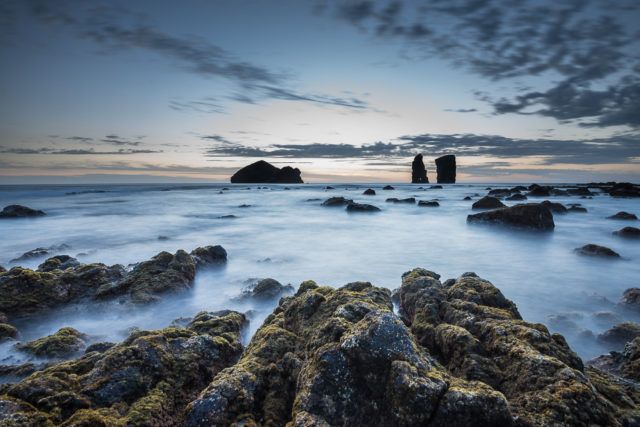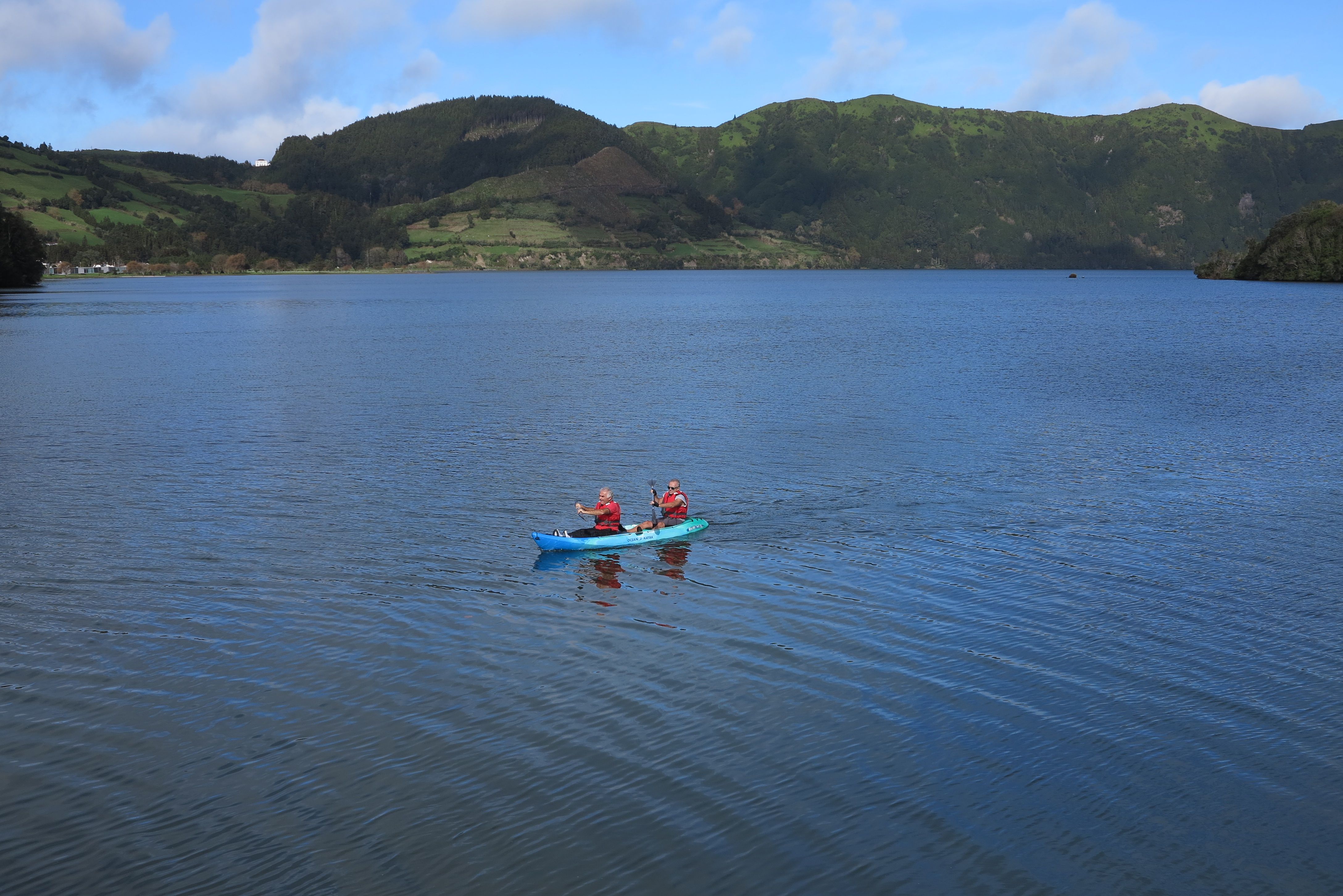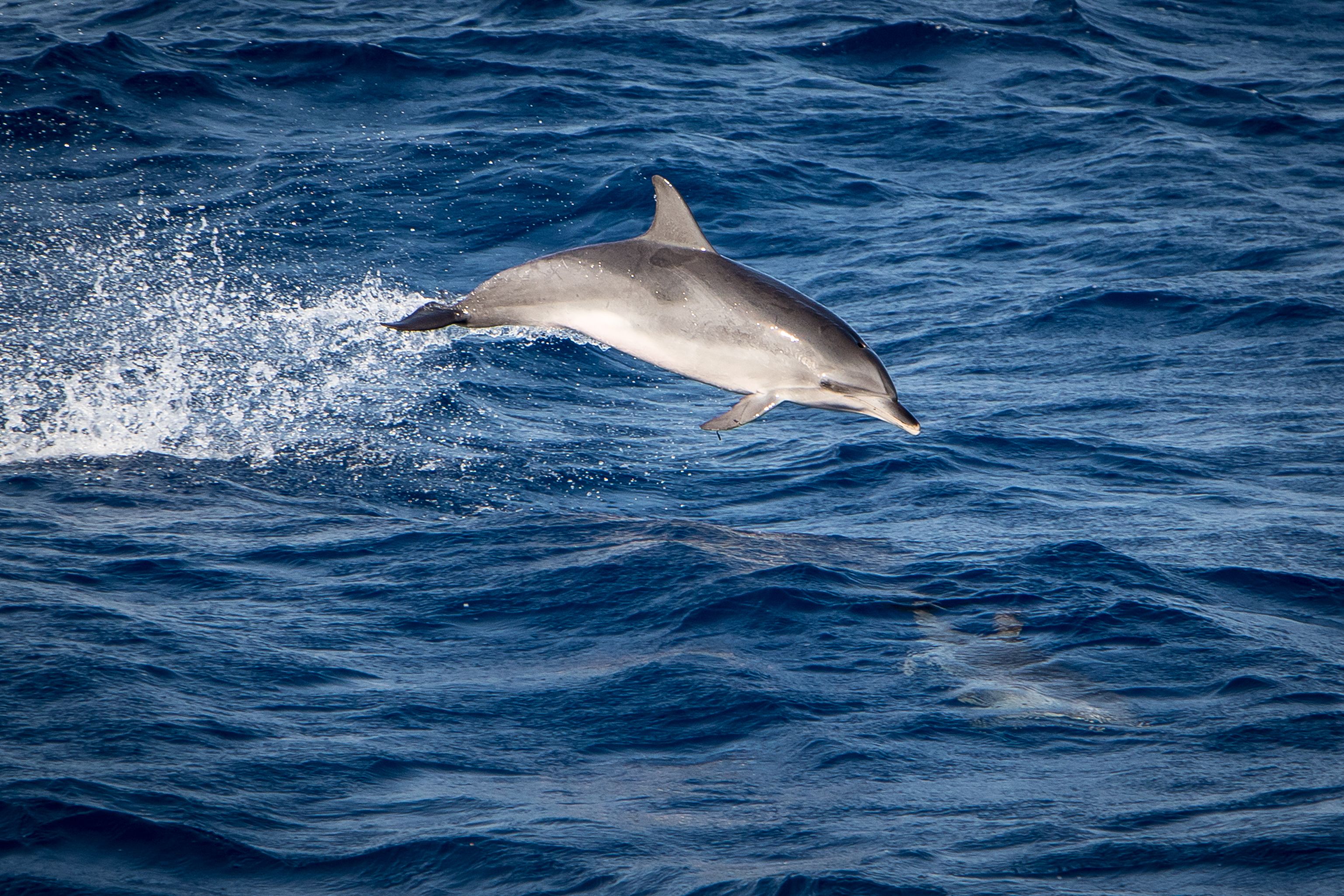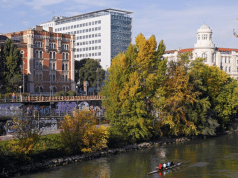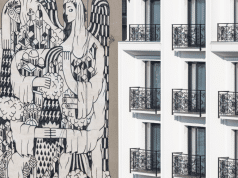I have been unconciously connected to the islands on various levels, most often metaphorically. I frequently consider the islands as an idyllic place of harmony and clean living. I also sometimes think of them in the context of statements by my dear writer Mate Dolenc who once said that he knows that an island is not just an island, but also a symbol – the concept of humankind.
Since the islands aren’t the easiest of places to reach, they are a metaphor for isolation and a retreat from the urban environment, all of which further increases my constant craving for islands. Such places have a beneficial effect on me and I feel as if it they are somewhere where I could belong.
A Retreat from the Urban Environment
My connection with the Azores occurred accidentally. I was lucky enough to visit this island paradise in the middle of the Atlantic due to my participation on the Bea World Advisory Board. On this isolated archipelago a story about islands came to mind, and with it opened new questions. Among them, about the models of managing the environment and tourism. And also about whether the Azores operate as an independent engine which work in isolation outside the global system and also why there is an anticyclone – a subtropical centre of high atmospheric pressure – that is named the Azores High.

The Azores are near and far
The archipelago lies in the middle of the Atlantic Ocean, over 1,400km west of Portugal and 1,900km southeast of Canada. It is composed of nine larger inhabited islands and numerous smaller islets and reefs. The climate of the Azores is at the juncture of a subtropical and moderately warm zone. Due to its position in the middle of the ocean, the Azores have an ocean climate with only mild temperature fluctuations throughout the year and between night and day. The relatively high temperatures are provided by the Azores Stream, part of the warm Gulf Stream that crosses the Atlantic from the Caribbean towards western Europe. As the locals themselves say, this is an ideal location to hold incentive programmes. It certainly pays to make an effort and set off on a slightly longer journey to reap the rewards of its exceptional nature, which leaves visitors lost for words.
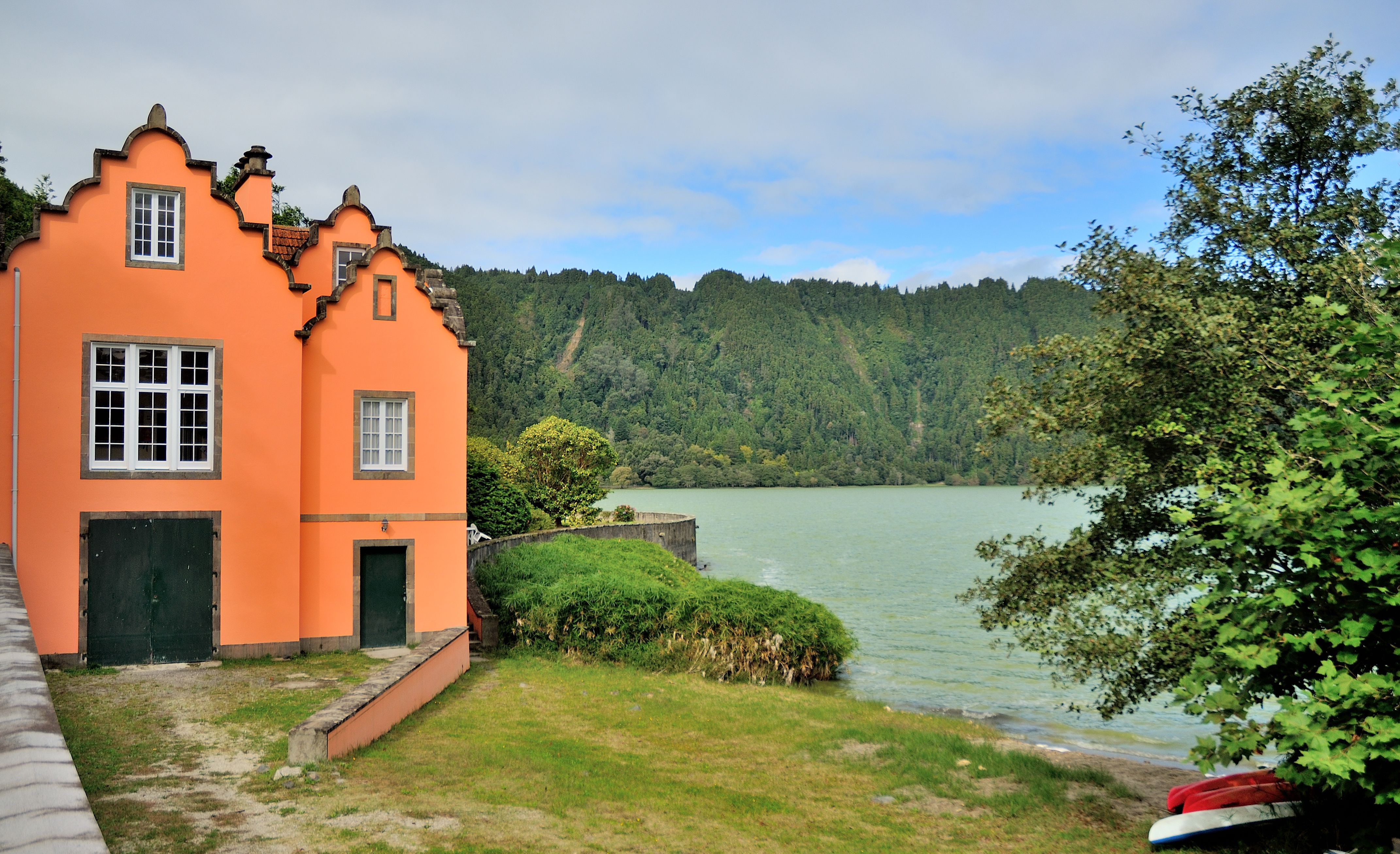
The Azores are heaven on earth
The islands have volcanic origins and were formed after the eruption of numerous volcanoes in the Mid-Atlantic ridge or in close proximity. The Azores are characterised by typical post-volcanic phenomena: water vapour springs, sulphur springs, small geysers and warm and hot water springs. There are as many as 22 thermal springs in the area of Furnas (‘sulphur’ in Portuguese) on the east of the largest island of Sao Miguel. The whole place is a real feast for the eyes. This is also due to its landscape, which is shaped by agriculture that includes everything from the production of tobacco, sugar beet, chicory, tea and pineapple, and, together with the already established potato and passion fruit industry, forms the foundation of the islands’ food and processing industry which is concentrated on the largest island of Sao Miguel.

People make the island
The people are immensely kind and friendly. At first sight they might seem a little restrained, but soon become happy to help. According to local information, around 240,500 people live in the Azores. The Portugese mariner and explorer Diogo se Silves allegedly discovered the islands in 1427 when he came ashore on Santa Maria. Since 1976 the Azores has been an autonomous region with its own parliament and government. The regional government has its seat in Ponta Delgada, which, with 45,000 residents, is the administrative centre and the largest city of Sao Miguel. The regional assembly is based in Horti on the island of Faial.
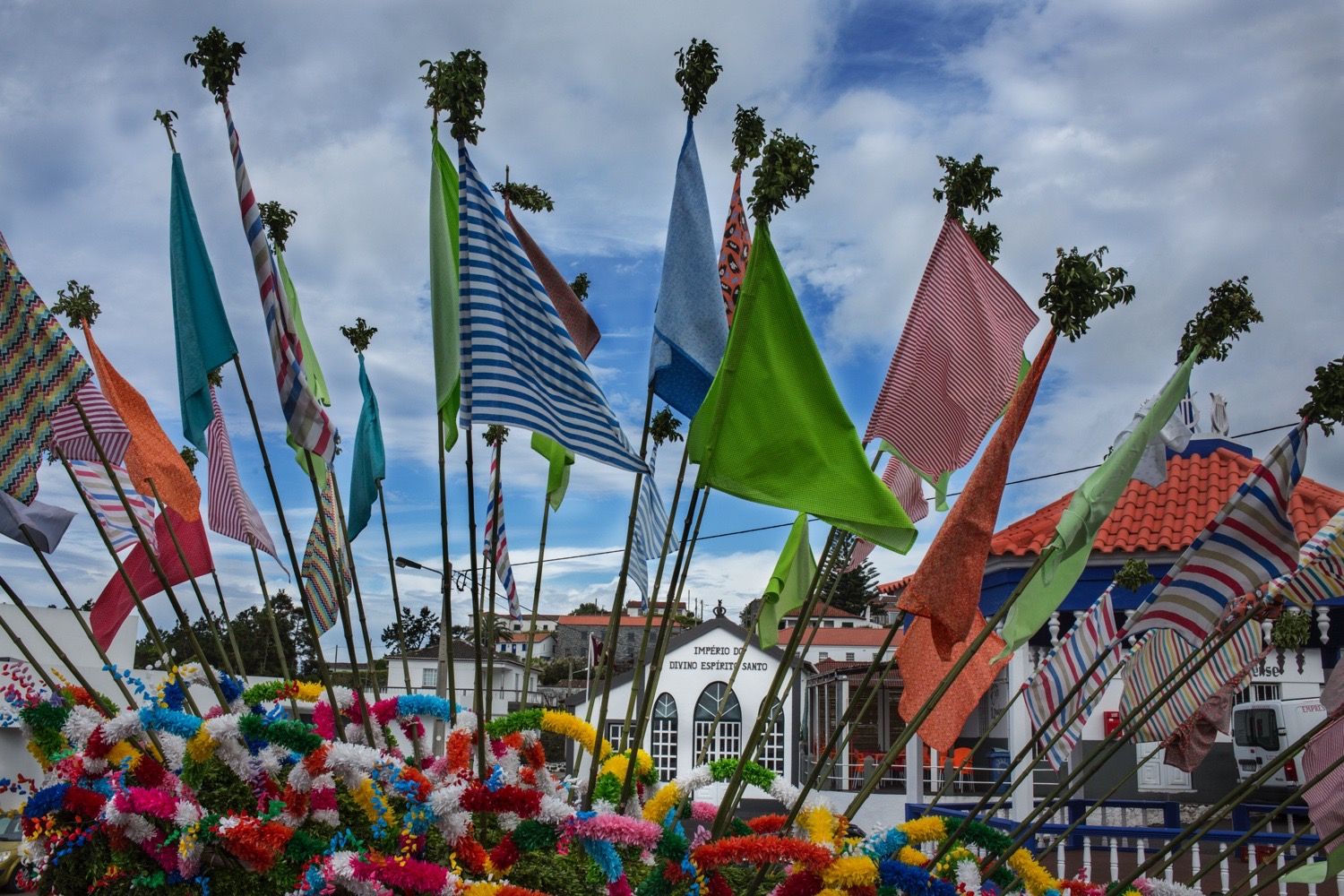
The islands are a kingdom of animals
With Portugal’s accession to the EU, its role of livestock breeding, in particular dairy cattle, has been strengthened. In some places there are pastures directly by the coast, but they are mainly at altitudes between 200-500 metres above sea-level. The majority are closed pastures which are bordered by hedges of blue and white flowering hydrangea and stone walls. It is estimated that across all the islands of the Azores around 800,000 cattle are reared.

The islands are a springboard for adventure
There are well organised aviation links between the islands, which are run by Azores Airlines, previously known as Sata. There are international airports on the islands of Sao Miguel, Terceira and Faial. Sao Miguel is also home to the only tea plantations in Europe. Whilst in the years following World War II there were 16 plantations, nowadays the production of tea takes place only on one estate on the north of the island. The recommended way to travel between islands is by aeroplane. Travelling by ferry is cheaper, but it takes quite a long time, and ferries do not operate from the end of October to the end of April due to the turbulent sea conditions – except between nearby islands where the turbulence does not have a significant effect on the ferries. It is easiest to get around on the islands by renting a car.

Self-sufficiency
The islands strive to be as self-sufficient as possible in all areas. As much as 40% of the Azores energy is geothermal – water and wind – whilst the rest is imported. The majority of food is local. A lot of the islands’ inhabitants make their living in the agriculture, livestock breeding and fishing industries. The measure enforced to limit the capacity of accommodation to 15,000 beds seems entirely logical, as this is a key part of the islands’ sustainable orientation. Such a brave decision earned the Azores the title ‘Second best island in the world for sustainable tourism’ by National Geographic Traveller and ‘The number one sustainable destination in the world’ by the Green Destination Organisation.
Exceptional range of Incentive Programmes
The most protected congress secret in Europe
Local guides like to say that the Azores are the most protected secret in Europe. I can confirm this, as well as the fact that it is an interesting congress and, especially, incentive destination. Those that decide to organise events here will be rewarded by the friendliness and sincerity of the locals, the unspoilt nature, low prices, and the everyday laid back pace of life. You are also certain to be impressed by the feeling of exclusivity, since no-one has the desire for mass tourism to become rife on the archipelago. The destination offers everything that meets the needs of today’s congress guests, whilst also giving them the feeling that they have stepped back in time, to an era when time wasn’t important, to when nature, and what it offered people, was of importance.
The Azores is a new destination with exceptional potential for the development of incentive products. The hotel and congress industry is modern and in every way comparable with that of many European cities. A typical example of how seriously the Azores is taking congress tourism was the building in 2008 of the multifunctional ‘Portas do Mar’ centre. This architectural gem combines a modern marina, an underground car park, an amphitheatre, and areas for accompanying exhibitions. Even in the low winter season, the islands are well connected to Lisbon, which is also in part thanks to low-cost carriers.
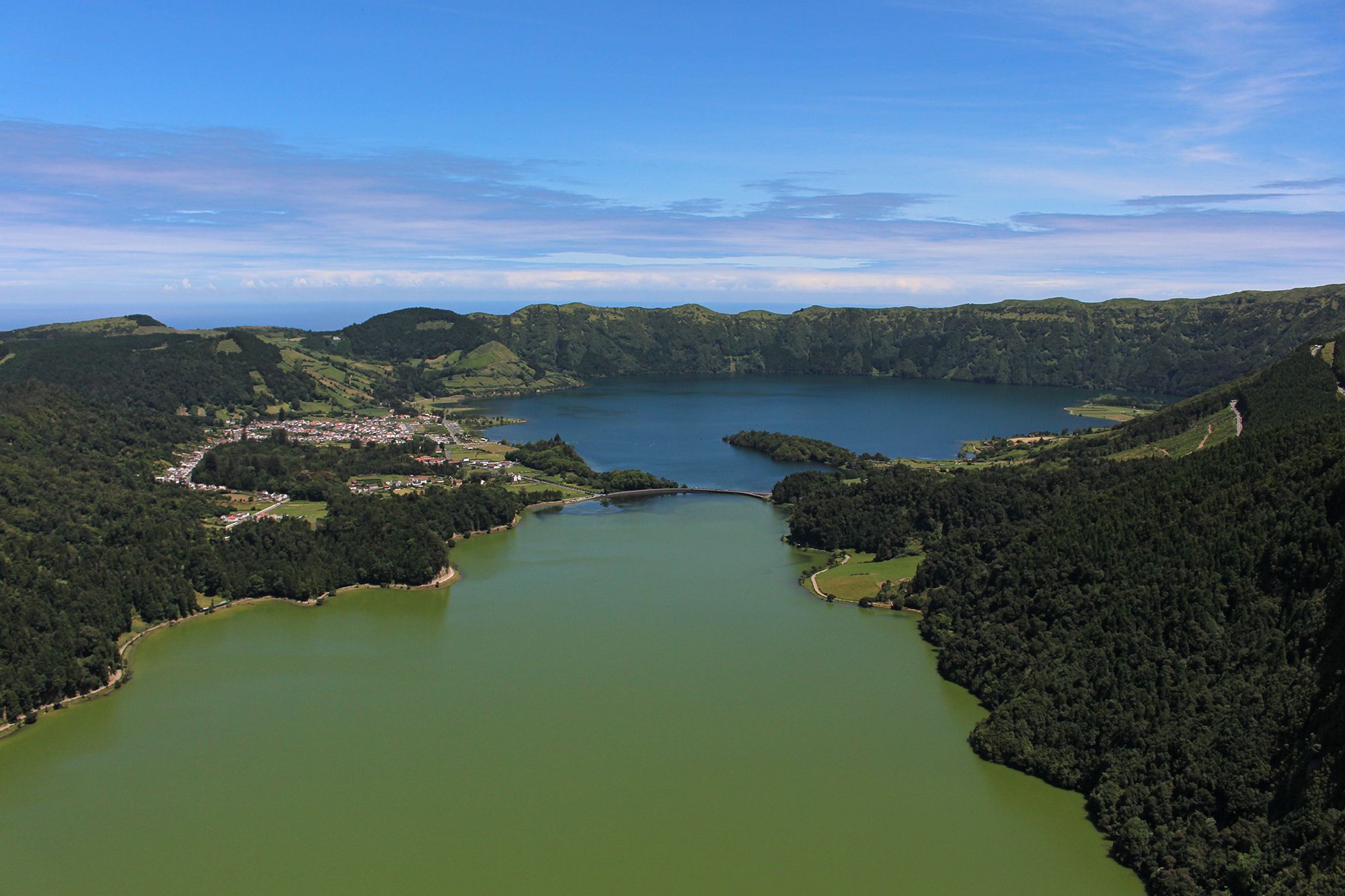
In addition, the diversity of the islands’ cuisine results in very competitive products.
At the Bea World Advisory Board event participants carried out excellent work, and, in the words of the founder of the festival, Salvatore Sagone, it was one of the best meetings in its thirteen year history.
Personally I believe that the exceptional island atmosphere greatly contributed to this.
Article by Gorazd Čad, Editor in Chief
Photo credits: Visit Azores


